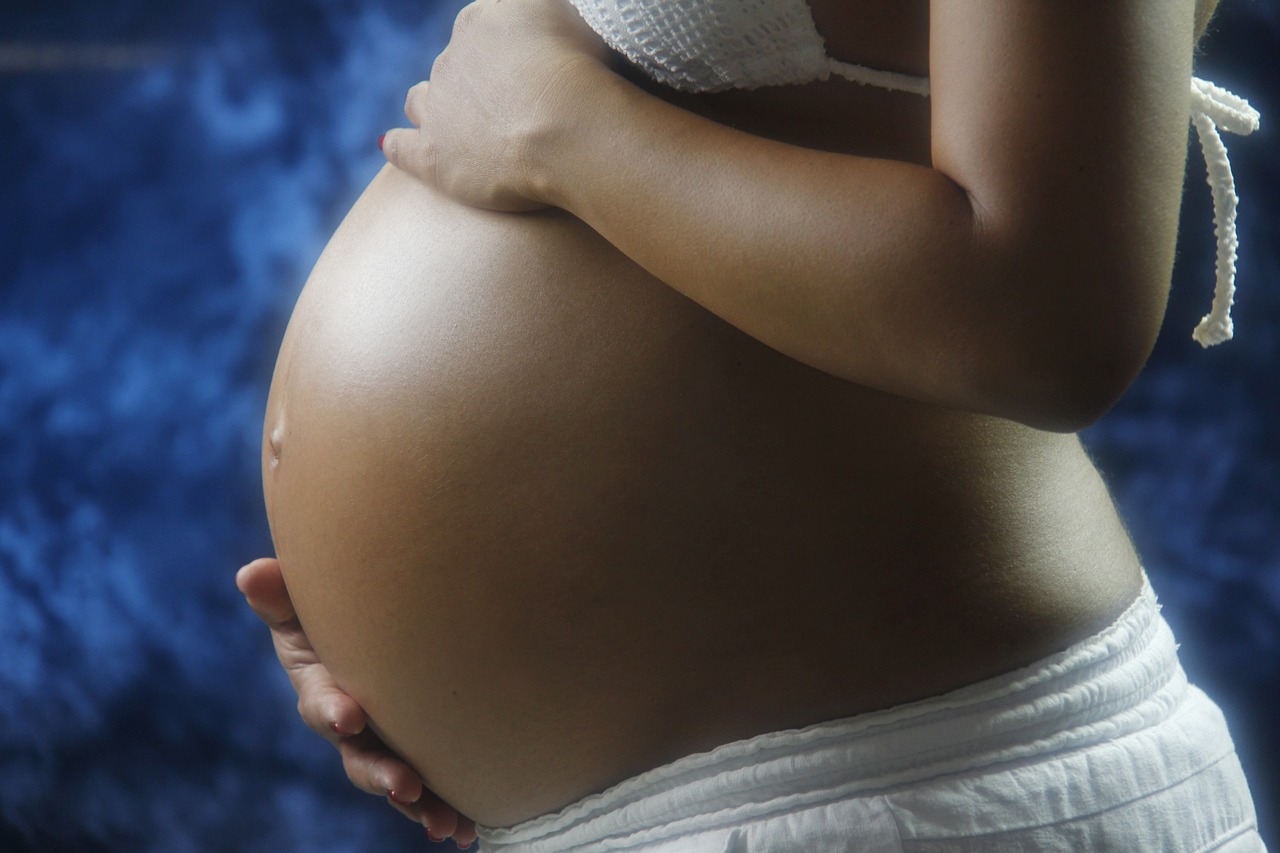Media release
From:
JAMA
Prenatal Exposure to Chemical Mixtures and Metabolic Syndrome Risk in Children
About The Study: The findings of this cohort study suggest that prenatal exposure to endocrine-disrupting chemical mixtures may be associated with adverse metabolic health in children. Given the pervasive nature of endocrine-disrupting chemicals and the increase in metabolic syndrome, these findings hold substantial public health implications.
Journal/
conference:
JAMA Network Open
Organisation/s:
University of Granada, Spain
Funder:
This work was supported by the Instituto de Salud Carlos III (grant No. CD22/00176 to Dr
Mustieles and grant No. FIS-PI23/01884 to Drs Mustieles and Fernández), NextGeneration EU, Biomedical
Research Networking Center-CIBER de Epidemiología y Salud Pública (CIBERESP), and US National Institute of
Enviornmental Sciences (grant Nos. R01ES031657 and P42ES027726 to DrMesserlian).



 Australia; International
Australia; International



